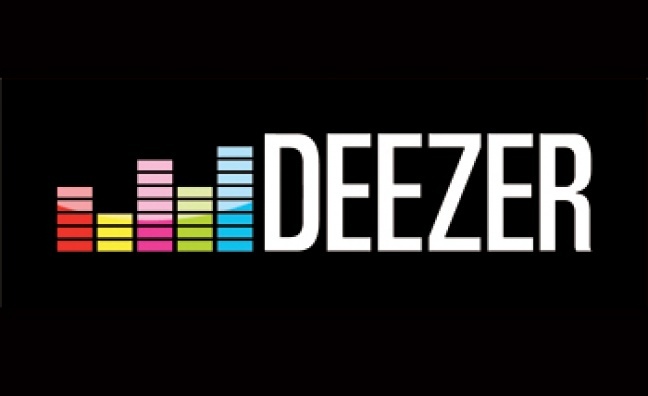French streaming platform Deezer is widening its US reach this week with a nationwide lauch, but what hope does it really have of making a dent on an already highly competitive market place?
Deezer had previously only been available to AT&T’s Cricket Wireless customers in the US, or to those using Sonos and Bose speaker systems. Now it is making its service available to all consumers for $10 per month after an 30-day free trial. And while the company appears intent on increasing its US reach, it's going to have to overcome some pretty stiff competition in order to significantly grow its market share.
At present, Deezer has around six million paying subscribers across the globe. Compare that to market leader Spotify, which boasts more than 30 million paying subscribers – not to mention 70 million free users – and was launched one year after Deezer, and its challenge quickly becomes apparent.
Then there’s the rest of the competition.
The US streaming market is heavily crowded with a whole host of platforms, such as Apple Music, Tidal and Google Play, all vying for new customers. Factor in the popularity of online radio station Pandora - currently servicing over 80 million free monthly listeners – and the nature of the task facing Deezer becomes clearer still.
Spotify’s closest rival Apple Music (15 million paying subscribers), has tried to tempt its competitors' customers away with several high-profile exclusives, most recently from Katy Perry and Britney Speaers. Jay Z’s Tidal has employed a similar approach, utilising exclusive content as a way to convert users of rival platforms and reel in new ones.
There's also the likes of Google Play and Alphabet , while Amazon.com is expected to join the party by launching a new $10 per month service separate from its Prime Music offering.
On the flip side, Deezer believes it could make up some ground in the market from its catalogue of 40 million songs – more than any of its competitors, its says.
Then there’s its Flow feature, which, at the touch of a button, compiles a personalised playlist compiled in accordance with the user’s tastes and listening habits. This is also backed up by its 'channels', which allow users to discover new music via a breakdown of categories and genres, including news and podcasts, custom made for listeners based on location and preferences.
What’s more, its high-fidelity service proved extremely popular with Sonos and Bose customers, with 90%stating that they wouldn’t go back to regular listening after using Deezer.
But even with its bumper crop of tunes, special features and high-quality audio, Deezer still has it all to do if it wants to truly crack the US market. Still, CEO Dr Hans-Holger Albrecht is positive that there are gains to be made.
“We are thrilled to make Deezer available to all music fans in the US, at a time when the company is growing stronger and developing new technologies that enable us to deliver a much more personalised experience.
“We’ve already received an overwhelmingly positive response since offering Deezer via our partners Sonos, Bose and Cricket, and now look forward to making our service available to everyone.”
In its continued bid to grow its audience, last month saw Deezer announced that it would be available in cars via MirrorLink. Previously available via Android Auto, the streaming servicecan be found when users download the RockScout app.
The firm also announced a new global streaming partnership with telecommunications equipment company Huawei earlier this year, coming preloaded on all honor smartphone devices, giving customers instant access to its library catalogue.









